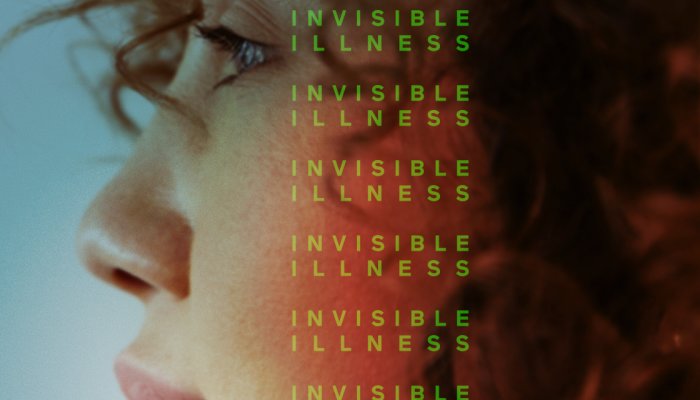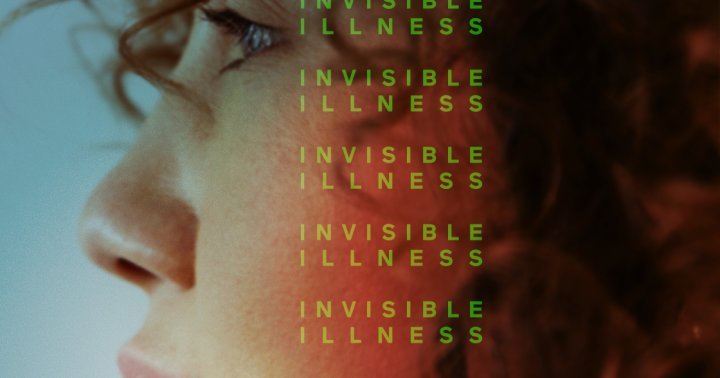I Was Diagnosed With A Rare Syndrome At Age 10—Then I Hid It For 17 Years

I saw a pulmonologist who took an X-ray, CT scan, and blood work in one day. The results of the X-ray and bloodwork came back normal. But I knew there was something wrong. The following day the doctor called me, and told me I had a cyst the size of a golf ball in my right lung, and I’d need to get it removed immediately.
I can still visualize where I was standing in my apartment, it was such a shock on my system. In that moment, it was so clear that my life was forever going to change—suppressing emotions and not dealing with my symptoms was no longer an option. There was no more hiding. I’d have to explain the surgery, and why I was on medical leave from my job, to the people in my life.
I called my former immunologist, who I hadn’t seen since I was a preteen, to get a second opinion. She told me, “If you have this surgery, you will not make it out alive.” I was petrified, and at a crossroads: One doctor said I needed to do it to stay alive, the other said I must not, because I will die.
That’s when I realized it was time to go to the National Institutes of Health, to meet with the infectious disease doctors. Fortunately, I was treated like a human, not the guinea pig I expected—they really cared about me, wanted to learn about me, and were eager to help. The doctors made it clear that although there were a lot of risks associated with the surgery, it was crucial.
I had the surgery—a lobectomy, where a quarter of my right lung was removed—on March 5, 2012. The recovery was intense: I couldn’t walk well, I didn’t have much energy, and I couldn’t even open my window by myself. What they removed from my lung was something called aspergillus, which is a form of mold. I hoped that after my recovery, that would be the end of my pulmonary issues.
Unfortunately, that was not the case. A year and a half later, I was hospitalized with pneumonia. Ever since then, I’ve been in the regular care of the same pulmonologist who found the initial cyst, and the infectious disease department at the National Institutes of Health, who work really well together. I know a lot of people with invisible illnesses say they are not taken seriously by doctors. Prior to my diagnosis when I was 10, I experienced that as well. But in recent years, when I needed the most support, I’ve been surrounded by people who genuinely care.
This article was originally published by mindbodygreen.com. Read the original article here.




